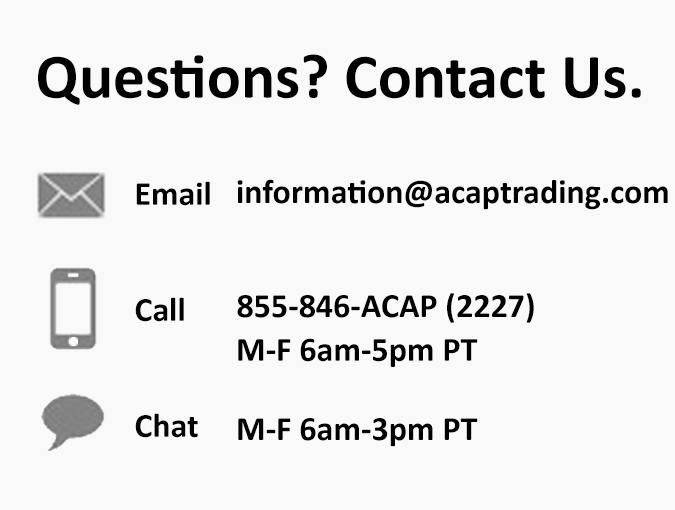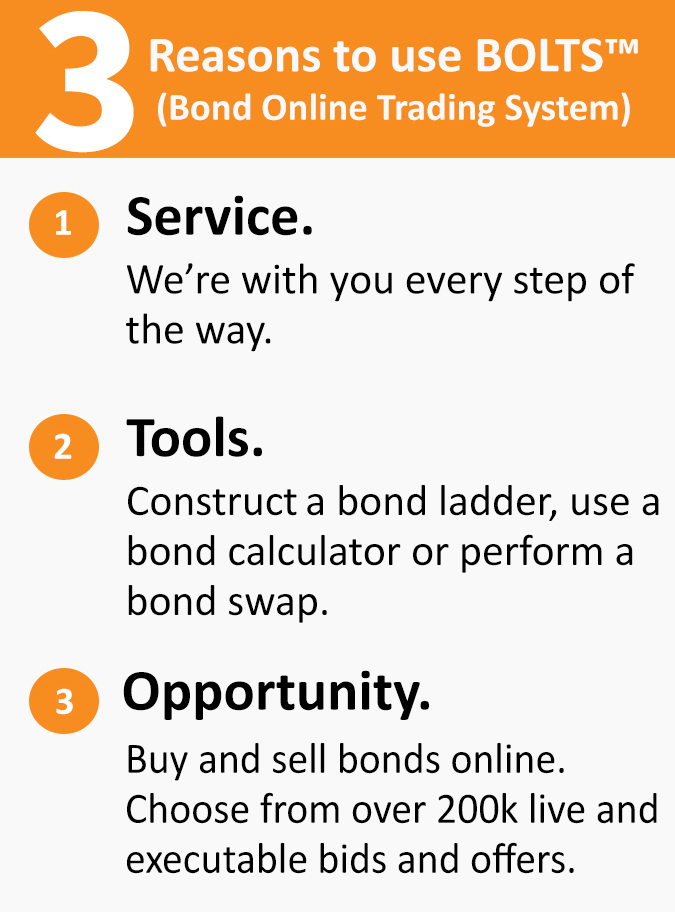IRA Rollover
IRA rollovers are set up to allow for the tax-free and penalty-free distribution of funds from an employer sponsored retirement plan into an individual retirement plan. IRA rollovers can also occur from one individual retirement account to another when funds are distributed to the IRA owner rather than being transferred directly between accounts. Rolling over an IRA retains the tax-deferred benefits of the plan and is often used by individuals that are switching jobs, receiving IRA assets as a beneficiary following the previous IRA owner’s death, or that wish to consolidate retirement accounts into one place for easier tracking.
IRA Rollover vs. Rollover IRA
There is often confusion about the terms “IRA rollover” and “rollover IRA”. An IRA rollover occurs when assets are transferred, or rolled over, from one individual retirement account to another individual retirement account. This is similar to transferring assets between accounts, except if the assets are first distributed to the IRA account owner and it is up to the owner to then place those assets into a new individual retirement account, it is considered a rollover rather than a transfer.
Rollover IRAs, on the other hand, are separate individual retirement accounts that contain assets transferred in from an employer sponsored retirement plan, such as 401(k), 403(b) or 457 plan. These assets must remain segregated from assets contributed by the individual account owner in case they are later rolled into another employer sponsored retirement plan. It also avoids any issues with annual individual contribution limits on IRAs, since there is no limit to how much money can be transferred to a rollover IRA.
Direct IRA Rollover vs. Transfer IRA Rollover
There are two different ways to rollover an IRA. These include:
- Direct IRA Rollover – This occurs when an employer sponsored retirement plan is directly transferred into an individual retirement account. The transfer is made from custodian to custodian and the retirement account owner never receives any assets. Direct IRA rollovers can also occur from IRA to IRA account, as long as the custodians handle the transaction and no assets are distributed to the fund owner.
- Transfer IRA Rollover – This occurs when the owner of an IRA receives a distribution from an IRA or employer sponsored retirement plan to be transferred to another IRA. The transferring of assets must occur within 60 days and can only occur once in any 12 month period. Both the distribution of assets and deposit into a new IRA will be reported to the IRS (direct IRA transfers are not reported, since no distribution of assets to the account owner occurs).
Rules
Contact Us
To find out more about opening an IRA Rollover account, either call our office at
(855) 846-ACAP, fill out our brief contact form or email us at [email protected].



